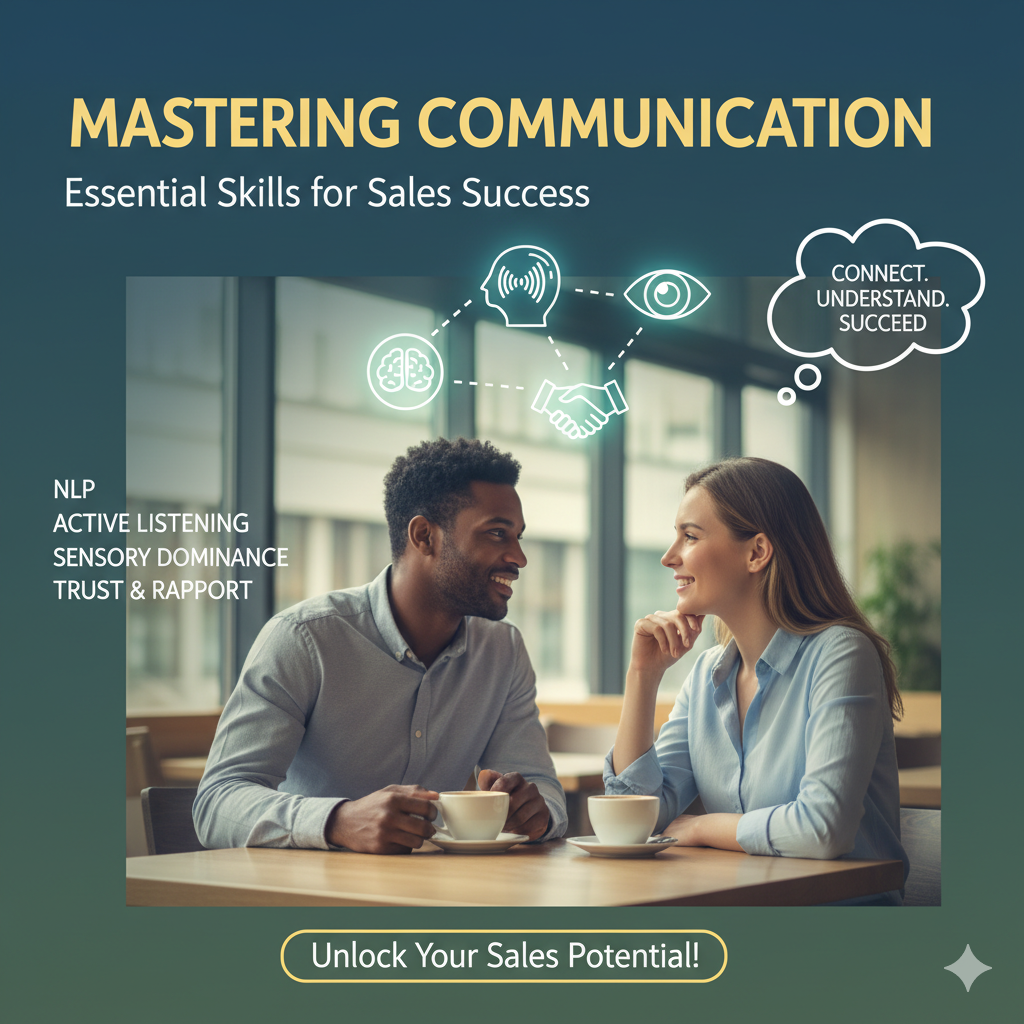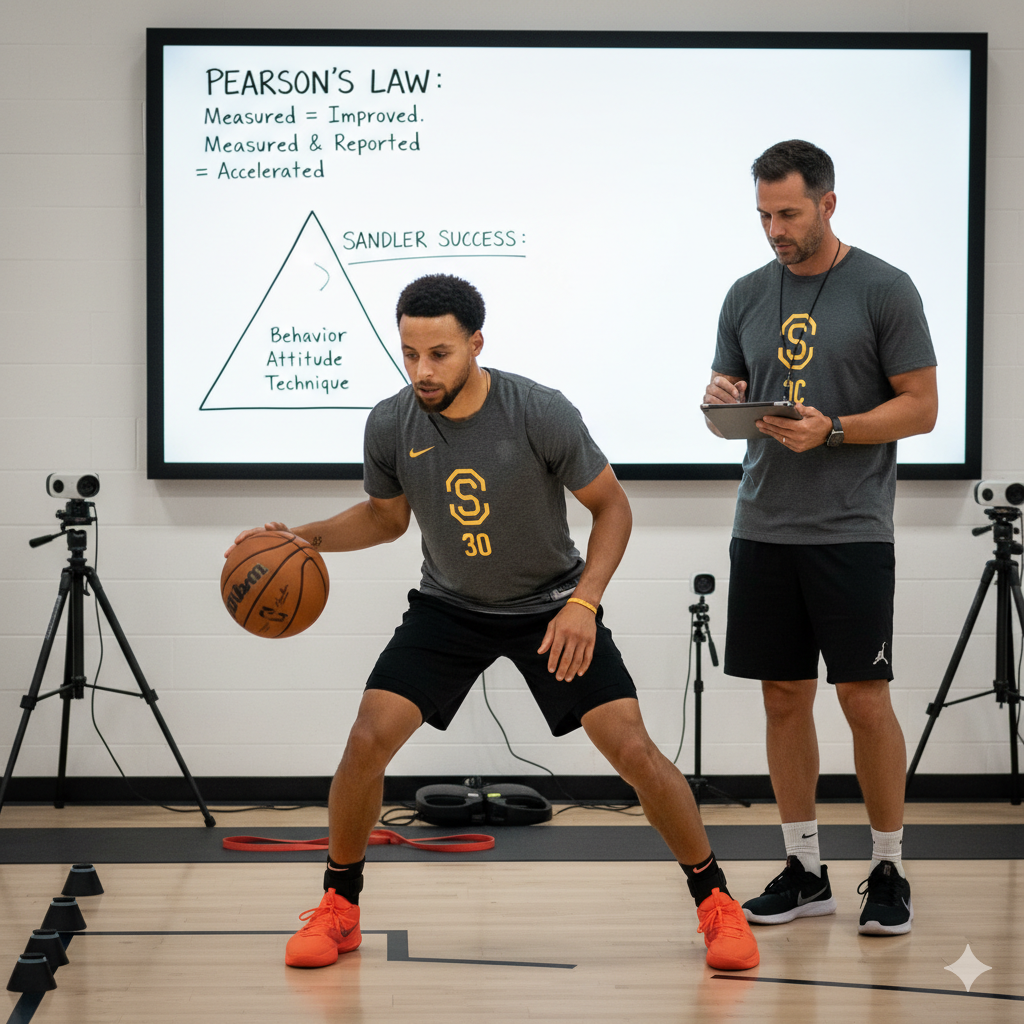Mastering Communication: Essential Skills for Sales Success

Unlock the secrets to sales success by mastering key communication skills that build trust and rapport with clients.
The Power of Neuro-Linguistic Programming in Sales
Neuro-Linguistic Programming (NLP) is a powerful tool in the sales toolkit, offering a scientific approach to understanding and influencing human behavior. At its core, NLP focuses on how language and behavior patterns affect our interactions. By mastering NLP, sales professionals can effectively tailor their communication to resonate with clients, making interactions more meaningful and impactful.
One essential element of NLP is the concept of matching and mirroring. This technique involves subtly imitating the body language, tone, and speech patterns of the client. By doing so, salespeople can create a subconscious connection, fostering a sense of familiarity and trust. Remember, the goal is not to mimic but to align naturally with the client's communication style, enhancing rapport and creating a conducive environment for successful sales interactions.
Understanding Primary Sensory Dominance for Better Client Connections
Every individual processes information through their senses, but each person has a dominant sense—visual, auditory, or kinesthetic—that influences how they perceive and interact with the world. Understanding this primary sensory dominance can significantly enhance a salesperson’s ability to connect with clients on a deeper level.
Visual dominants respond best to visual stimuli such as images and diagrams. They appreciate seeing the product or service in action. Auditory dominants, on the other hand, are more influenced by words and sounds, making verbal communication and tone crucial. Kinesthetic dominants value touch and feel, responding well to hands-on experiences and emotional connections. By identifying a client’s sensory preference and adjusting communication strategies accordingly, salespeople can create a more personalized and effective sales experience.
Active Listening: The Cornerstone of Effective Communication
Active listening is more than just hearing words; it involves fully engaging with the speaker, understanding their message, and responding thoughtfully. This skill is crucial in sales, where understanding a client’s needs and concerns can make or break a deal.
Active listening has three key components: repeating, paraphrasing, and checking in. Repeating involves echoing the client’s words to show understanding. Paraphrasing goes a step further, rephrasing the message in the salesperson’s own words to confirm comprehension. Finally, checking in involves asking questions to ensure the message was correctly understood. This approach not only demonstrates empathy but also builds trust, as clients feel heard and valued.
Building Trust and Rapport: Techniques for Lasting Client Relationships
Trust and rapport are the foundation of any successful sales relationship. They are built through consistent, genuine interactions that prioritize the client's needs and perspectives. Techniques such as matching and mirroring, understanding sensory preferences, and practicing active listening all contribute to establishing and maintaining trust.
Sales professionals should also focus on being authentic and transparent. Clients are more likely to trust salespeople who are honest about the benefits and limitations of their products or services. Additionally, following up after the sale, providing excellent customer service, and continually seeking feedback can strengthen the relationship and foster long-term loyalty.
In conclusion, mastering effective communication skills is essential for sales success. By leveraging techniques like neuro-linguistic programming, understanding primary sensory dominance, and practicing active listening, sales professionals can build strong, trusting relationships with clients, ultimately driving sales and achieving lasting success.


